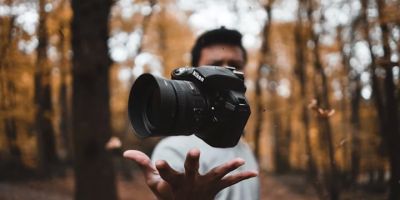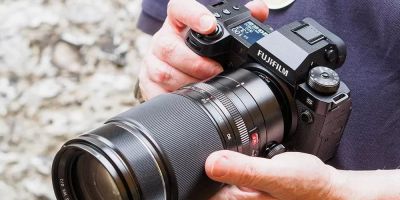- 1-Understanding-Water-Reflections-in-Photography
- 2-Choosing-the-Right-Location-and-Time
- 3-Essential-Camera-Settings-for-Reflection-Shots
- 4-Techniques-for-Enhancing-Water-Reflections
- 5-Creative-Composition-and-Framing
- 6-Post-Processing-Tips-for-Water-Reflection-Photos
1. Understanding Water Reflections in Photography
Photographing reflections in water is a captivating technique that adds depth and interest to images. Water surfaces act like natural mirrors, capturing and distorting scenes above and around them. Understanding how light interacts with water—its angle, clarity, and movement—is essential for capturing clear and compelling reflections.
Reflections can reveal symmetry or abstract patterns, transforming ordinary scenes into extraordinary photographs. Recognizing the types of reflections—still water, rippled, or disturbed—helps photographers decide how to approach each shot creatively.
1.1 The Science Behind Reflections
Reflections occur when light bounces off the water surface. The quality of the reflection depends on factors like water calmness, angle of incidence, and lighting conditions. Calm, still water produces sharp reflections, while rippled water offers textured, impressionistic effects. Mastering this science enables photographers to predict and control how reflections will appear.
2. Choosing the Right Location and Time
Selecting the ideal location is crucial to successful water reflection photography. Lakes, ponds, rivers, fountains, and even puddles provide diverse reflective surfaces. Scout for places where the water is relatively still and clean to ensure clarity in reflections.
Time of day plays a significant role. Early mornings and late afternoons—golden hours—offer soft, warm light and minimal wind, reducing water disturbance. Overcast days can also help by providing even lighting and reducing harsh glare on the water.
Planning your shoot around weather and natural conditions maximizes your chances of capturing stunning reflections.
3. Essential Camera Settings for Reflection Shots
Proper camera settings optimize reflection photography. Use a small aperture (high f-number) like f/8 to f/16 to achieve a wide depth of field, ensuring both the reflected image and foreground are sharp. Adjust ISO to the lowest possible to reduce noise, especially in low-light conditions.
Shutter speed depends on the desired effect: a fast shutter freezes ripples for crisp reflections, while a slow shutter can smooth water surfaces creating dreamy, glass-like reflections.
Utilizing a tripod stabilizes your camera for slow shutter shots and allows precise composition adjustments. Polarizing filters help manage reflections by reducing unwanted glare or enhancing contrast depending on the photographer’s intent.
4. Techniques for Enhancing Water Reflections
Enhancing reflections involves both creative and technical approaches. Composing your shot to emphasize symmetry between the reflected and real-world elements creates visually striking images. Try shooting from low angles close to the water to exaggerate the reflection’s presence.
Adjust your position relative to the sun to minimize glare or maximize the reflection’s intensity. Using natural frames like overhanging branches or rocks adds context and depth.
Incorporating movement, such as a floating leaf or gentle ripples, can add dynamic elements and break perfect symmetry, making the photo more interesting.
5. Creative Composition and Framing
Creative composition transforms reflection photos from ordinary to exceptional. Experiment with framing by including both the reflection and the actual subject in the same frame or focusing solely on the reflection for an abstract effect.
Using the rule of thirds, leading lines, and negative space guides viewers’ eyes and balances the composition. Reflections often lend themselves to vertical or horizontal symmetry, which can be emphasized through thoughtful cropping.
Don’t shy away from unconventional angles and perspectives; these often yield unique and captivating images.
6. Post-Processing Tips for Water Reflection Photos
Editing is the final step in perfecting reflection photos. Adjust contrast and clarity to enhance the reflection’s sharpness. Tweaking saturation and color balance can restore or enhance natural hues, especially if lighting was flat.
Selective sharpening or dodging highlights in the reflected areas can draw attention to key elements. Remove distracting elements with cloning or cropping tools to maintain focus on the reflection.
Preserve the natural look while enhancing details to maintain authenticity and artistic appeal.
Conclusion
Mastering how to photograph reflections in water opens a world of creative possibilities, from serene landscapes to abstract art. With careful attention to location, timing, camera settings, and composition, you can capture stunning reflection images that engage and inspire viewers.
For professional-grade photography equipment, accessories, and expert advice to elevate your reflection photography, visit Photo Studio. Explore their selection and resources to help bring your artistic vision to life.





